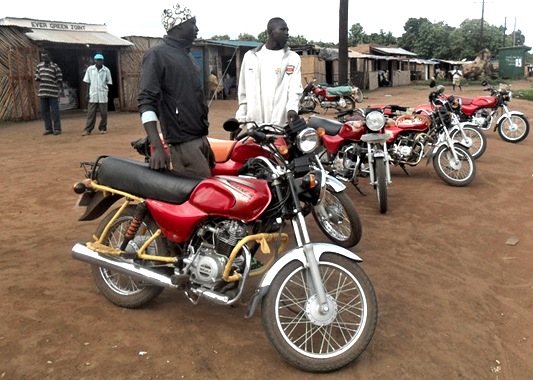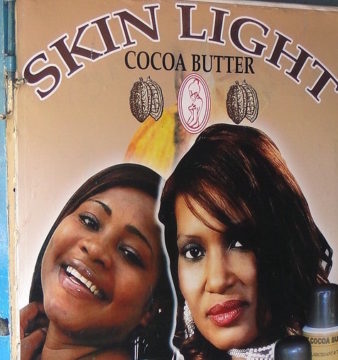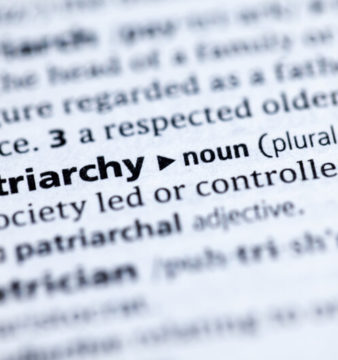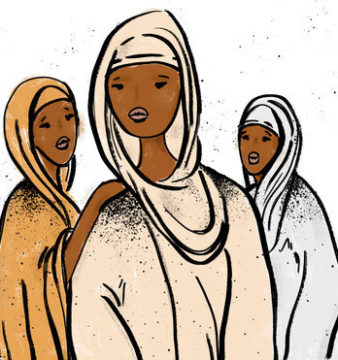The Day the Bodaboda Men Came to Town: A Post Card from South Sudan
The Juba I knew has changed.
Not in the usual ways people point out: the increase in vehicles – the ubiquitous SUVs – or the brand new steel and concrete buildings (and skeletons of buildings) rising every day, sandwiched between the grass thatched tukuls and the corrugated iron mabati houses of different colors, designs, and textures.
No, not these changes.
Not even the different groups of people filling the streets, selling hardware and software on street corners. Or umbrella stalls branded with beer and telecom logos. Or moving from door to door in the heat of the African sun.
These are new people to the town nevertheless. We have the Somalis and the Wewes and the Ethiopians and the Eritreans and the Kenyans and the South Sudanese diaspora all vying for their own little space in the now-crowded town. The town has become the proverbial melting pot of various groups and cultures.
The change I am talking about – the difference from the Juba I knew – is the Bodaboda.
The Bodaboda is a mode of transport, the common two-wheeled motorcycle used to ferry passengers from place to place. In East Africa it began as a way of carrying people quickly across borders, but it has become part and parcel of transport culture in the region and beyond. And so it has spread to many towns in South Sudan. The appeal of taking a Bodaboda instead of the regular minibus taxi is that it is fast: it doesn’t get stuck in traffic jams, and you can use side roads and alleys to get to your destination in record time.
The Bodaboda is now a tainted system, though, associated with all sorts of crimes and tragedies. Its riders flaunt traffic rules at will, carry three to four passengers at once, without using helmets – and so vicious road traffic accidents are the norm. Not one day goes by without an accident involving one of these motorcycles. In fact the majority of the injured (who are lucky enough to survive the ordeal), end up in a single fracture ward – the Senke Ward – at the Juba Teaching Hospital. The ward is so called because the most common motorcycle brand is Senke. Those admitted have their legs dangled in the air from contraptions like scaffoldings, covered in plaster of paris or strappings of cotton roll and bandages, with pain written on their faces.
The other downside to the rise of Bodaboda is that it has attracted thieves and murderers. The Bodaboda has been used as a means of snatching handbags from unsuspecting women in the streets. Owners of motorcycles have also been robbed or killed for these cheap bikes.
The Bodaboda has come to meet the demand for quick and reliable transportation, filling the niche in an era of speed and instant gratification. However, its notoriety for accidents and use in robberies may be its undoing in the long run. Unfortunately, unless new ways are found, passengers will continue to risk their lives on these deadly two-wheelers, with the chance of ending up in either a ward or a morgue.
Email: opikiza@yahoo.com Twitter: @eremugo
Featured image: By Daryona (Own work) [GFDL (http://www.gnu.org/copyleft/fdl.html) or CC BY-SA 3.0 (http://creativecommons.org/licenses/by-sa/3.0)], via Wikimedia Commons





